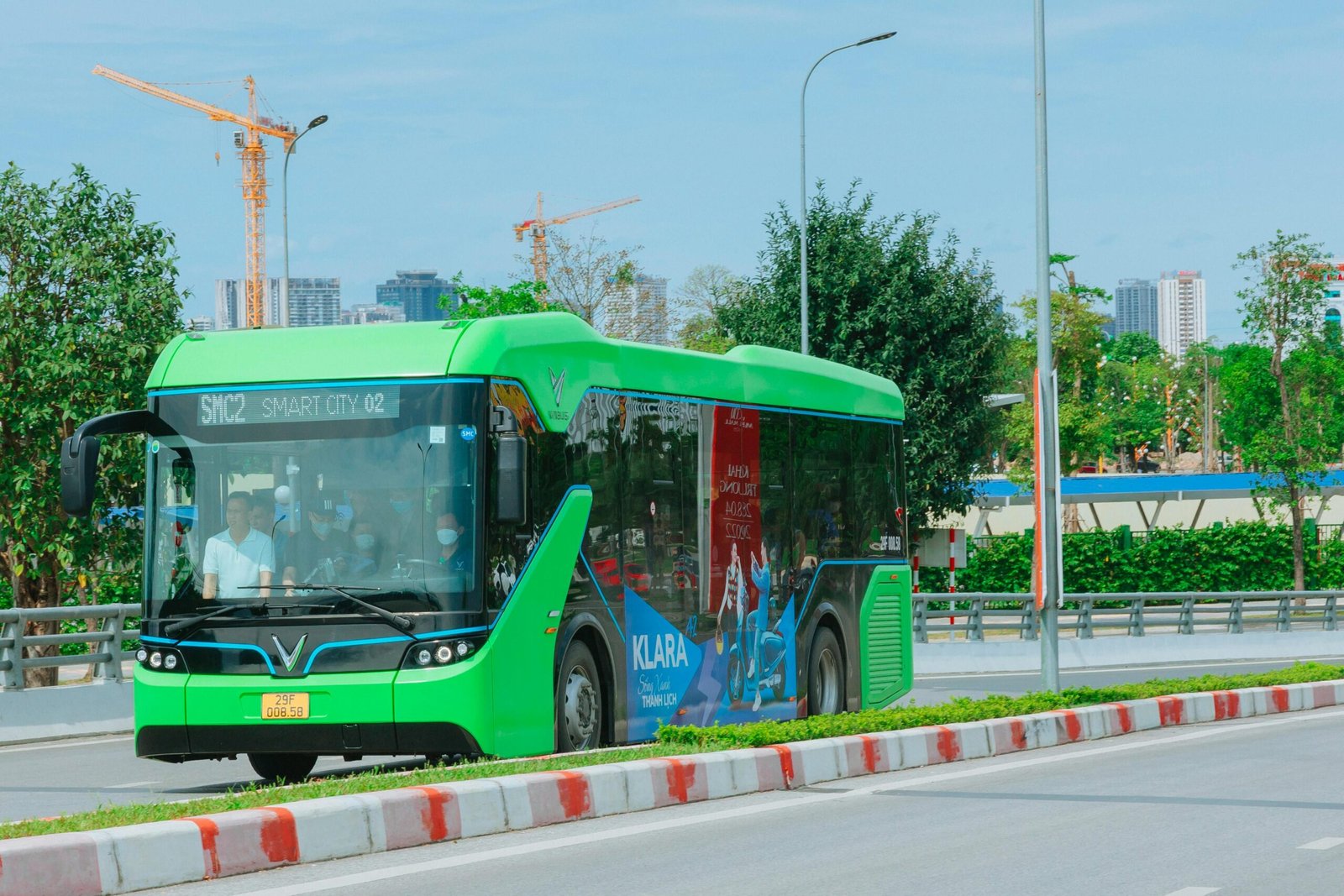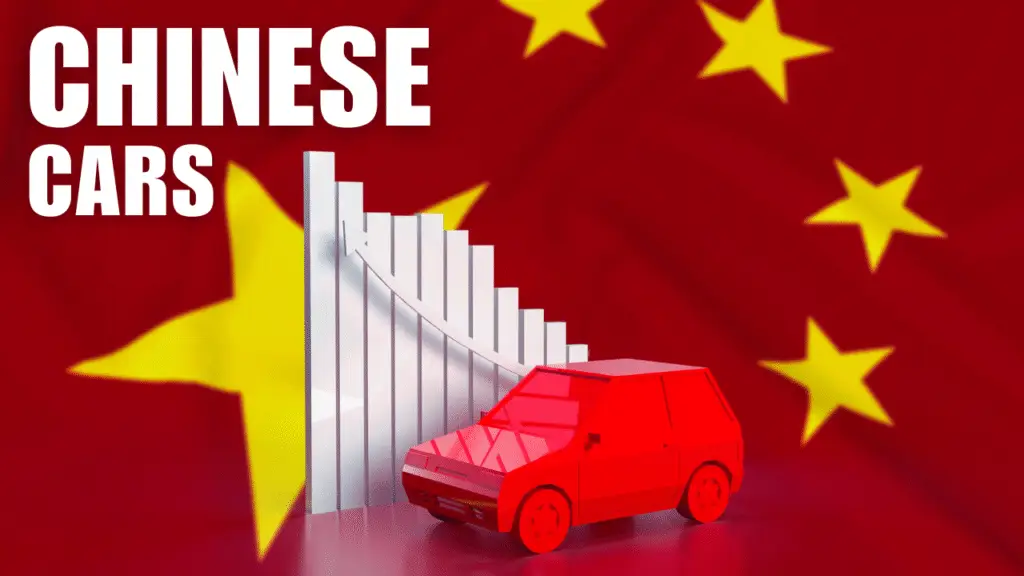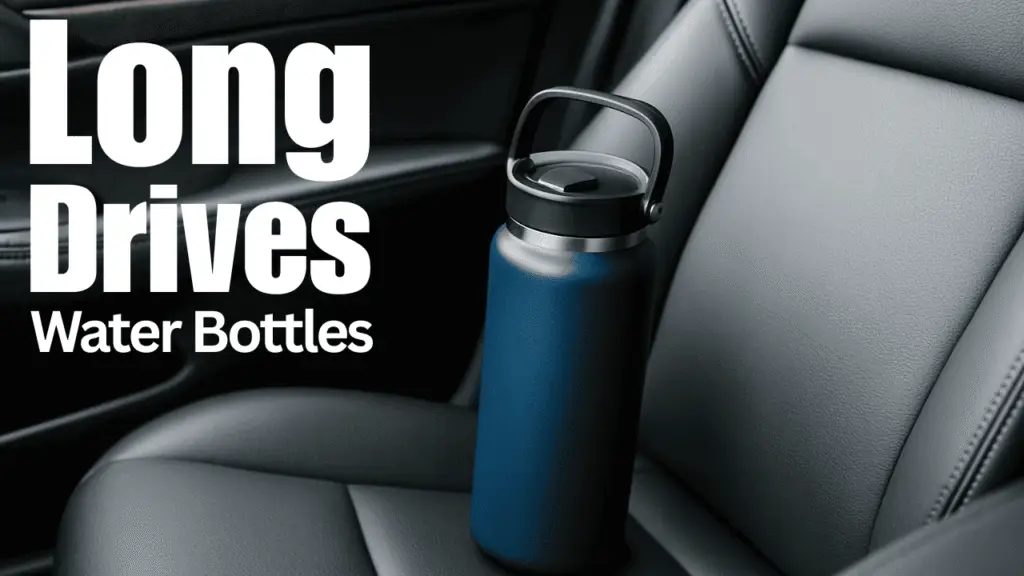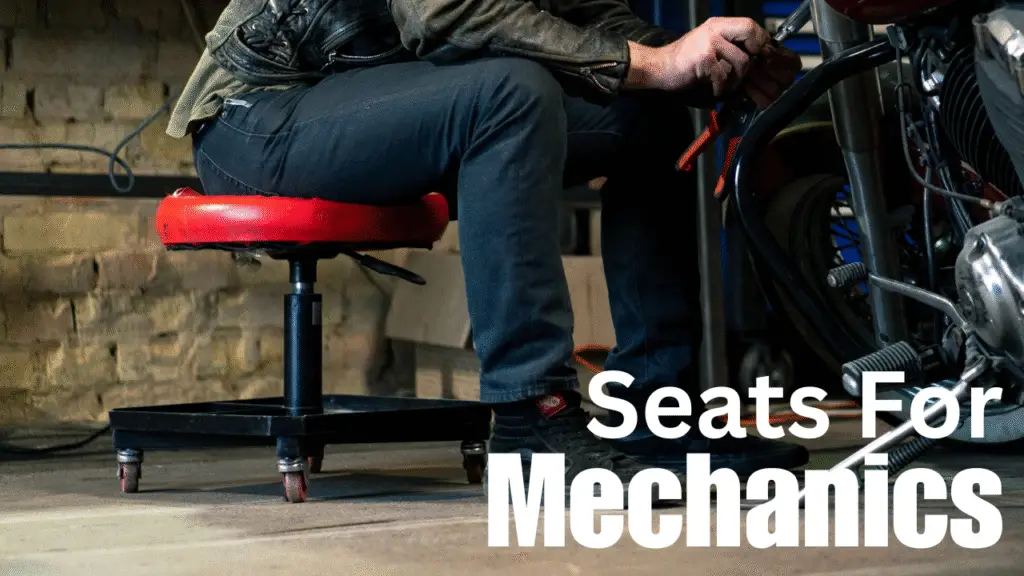Electric buses totally deserve more attention than electric cars when we talk about helping the environment and there are a bunch of reasons for that. They really help clean up the air and cut down on traffic and pollution in cities. Don’t get me wrong, personal electric vehicles are a solid step toward greener transportation but their real impact just doesn’t stack up against how much better it is to switch out diesel buses for electric ones. A lot of folks don’t have their own cars or just prefer to use public transit, especially in areas where there aren’t metro systems, so they end up riding diesel buses. By going for electric buses, cities can really lower harmful emissions, improve public health, cut down on noise, and get a step closer to being sustainable. So let’s dive into the perks that come with e-buses, like their environmental, social, and economic benefits.
The Role of Public Transportation in Urban Mobility
Public transportation is really the heart of any big city. It’s how people get around no matter how many personal cars are out there. Buses, trains, and subways connect millions of folks to their jobs, schools, and places to hang out. Among all these options, buses play a super important role. They can change routes easily, are cheaper to set up than trains, and can reach the scattered parts of cities. By carrying a lot of passengers at once, buses help ease traffic jams—one full bus can replace a dozen cars on the road.
Now, here’s the problem. For a long time, diesel has been the main fuel for buses because it packs a lot of power and is efficient for heavy use. But diesel engines also spit out nasty exhaust gases like nitrogen oxides (NOx) and particulate matter (PM), along with greenhouse gases like CO2. These pollutants are bad for the environment and can worsen health issues, especially for those with breathing problems. People walking by a diesel bus can be exposed to these toxins up close.
Fortunately, more and more governments and transit agencies are starting to shift towards electric solutions. While it’s been easier to bring in electric streetcars or underground metros in busy city areas, the suburbs and smaller towns haven’t seen the same benefits. That’s where electric buses step in. They promise zero emissions, which helps clear the air and keeps city streets cleaner, making a big difference in urban pollution. Bringing in these electric buses is a major step forward for public health, especially in crowded areas.
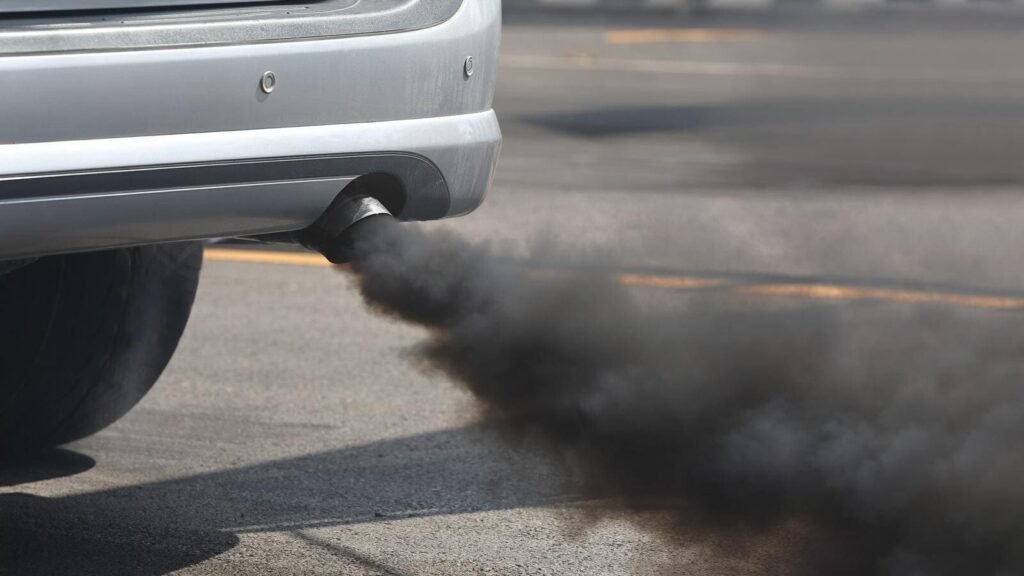
Diesel vs. Electric Buses
Even though some modern diesel buses have what they call “clean diesel” engines, they still emit harmful stuff like particulate matter and NOx that can make breathing problems worse. If you’re walking right behind a diesel bus, you could be breathing in a bunch of those pollutants. This isn’t even in the same league as the zero emissions from electric buses.
And let’s talk about diesel engines, especially those big ones in buses. They not only pollute the air, but they also create loud noises and vibrations that mess with daily life. This is where having electric buses really shines. They run almost silently, aside from the sounds of tires and wind. Quieter streets can really lift people’s spirits and make the city feel nicer. So swapping out one diesel bus for an electric one really cuts down on the exhaust that fills our urban spaces, offering way bigger benefits compared to trading a diesel car for an electric vehicle. This change can lead to huge health benefits for the community.
Electric Buses vs. Electric Cars
When it comes to traffic jams, we’ve already mentioned that electric cars do cut down on tailpipe emissions during personal trips, but they typically carry one to five people. So, EVs still take up space on the road, which keeps congestion going.
Comparing that to electric buses that can transport a whole bunch of people at once really changes the game. Each e-bus can replace a ton of personal cars, making a big difference for the environment. So, if we still have too many folks driving, e-buses are a smart way to ease traffic. The more people hop on buses, the fewer cars are fighting for road space and parking spots.
For those who truly care about the environment, it’s worth mentioning that making a bunch of personal cars takes a lot of resources—like steel, lithium, and aluminum. On the flip side, creating one e-bus that serves a lot of riders is likely a smarter use of resources. That’s yet another reason why e-buses could be better for our planet than electric cars and why governments should really consider giving them better incentives.
The “Emission Outsourcing” Argument
Some critics argue that electric vehicles, including buses, merely shift the pollution from vehicle tailpipes to power plants—especially if the local grid is reliant on coal or natural gas. However, the advantage is twofold:
- Centralized Emissions: Emissions occur at power plants, often located away from dense populations, limiting direct harm to pedestrians.
- Potential for Cleaner Grids: As renewable energy adoption accelerates, the electricity fueling e-buses grows greener.
So even if the total CO2 emissions aren’t a huge drop compared to a super-efficient diesel vehicle (depending on energy mix). A lot of emissions happen at the power plant, which is often pretty far from busy city spots. But the good news is that local pollution goes way down, giving folks in the city cleaner air and better health right away, making it easier for everyone to breathe.
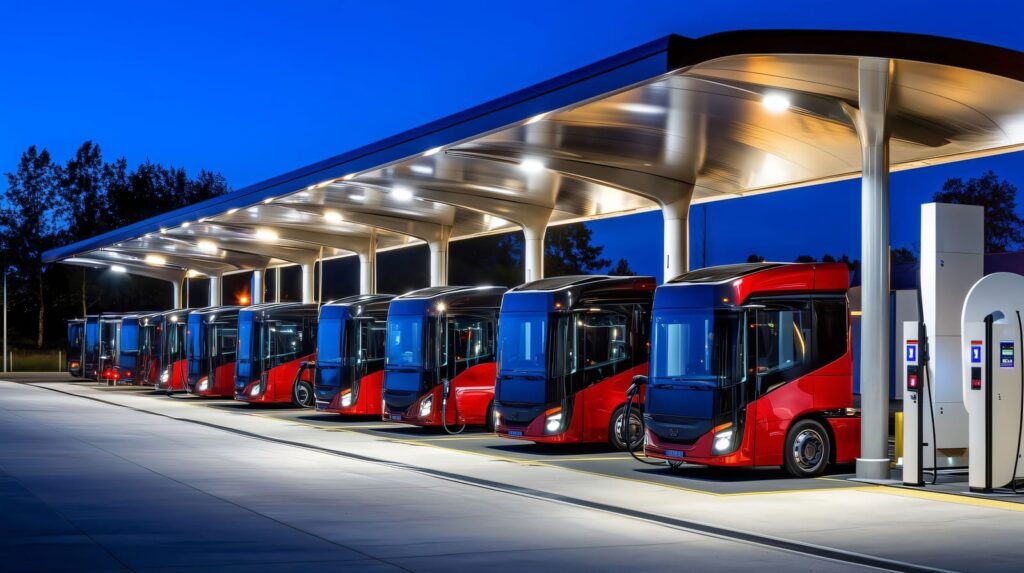
The Future: EV Buses and Evolving Tech
Larger Battery Capacities: Continuing R&D aims for quicker charging, extended route ranges, and minimal battery degradation over the bus’s operational life. Some designs target 500+ km (310+ mi) range, enough to handle a full day’s operations with minimal midday top-ups.
Autonomous Buses: Manufacturers and tech companies are testing self-driving bus prototypes. In congested urban cores, autonomy could optimize route scheduling and reduce operational costs, though wide-scale deployment remains years away.
Fleet Management Systems: Advanced telematics let transit agencies monitor battery health, optimize routes based on real-time traffic, and schedule maintenance proactively. These data-driven approaches can further reduce costs and improve reliability.
Inter-city and Long-Haul E-Buses: While electric buses shine in city routes, recent developments see them creeping into intercity routes, especially with Europe’s push for low-emission zones and improved battery technologies. Some lines test overhead pantograph charging along highways for near-continuous operation.
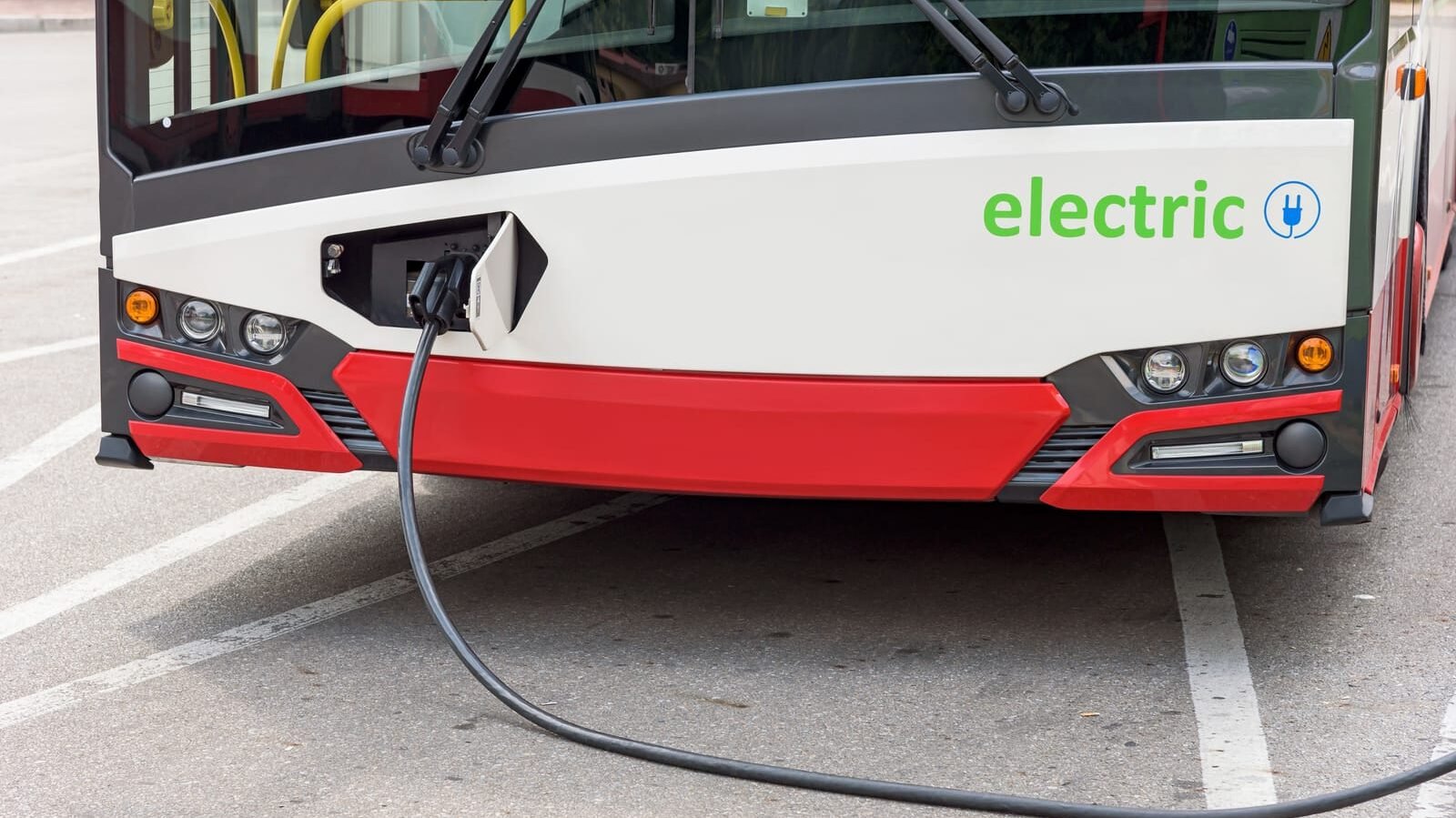
Efficiency, Range, and Technology
Battery Efficiency
Electric motors convert over 70–90% of electrical energy into motion, whereas diesel engines typically convert 20–40% of diesel’s potential energy. The e-bus capitalizes on regenerative braking in frequent stop-and-go city cycles, recouping energy that would otherwise be lost as heat.
Range Considerations
City buses typically have planned routes with predictable distances. Even an e-bus with a modest 150- to 200-mile range can handle a daily route before needing recharge, especially with midday top-ups at end stations. Meanwhile, long-distance coaches might require next-gen battery tech or alternative solutions like hydrogen fuel cells.
Advancing Battery Tech
Ongoing R&D in solid-state batteries, advanced lithium-ion chemistries, and fast charging solutions continues to expand e-bus capabilities. Some prototypes now promise 400+ km range per charge, adequate for most urban loops.
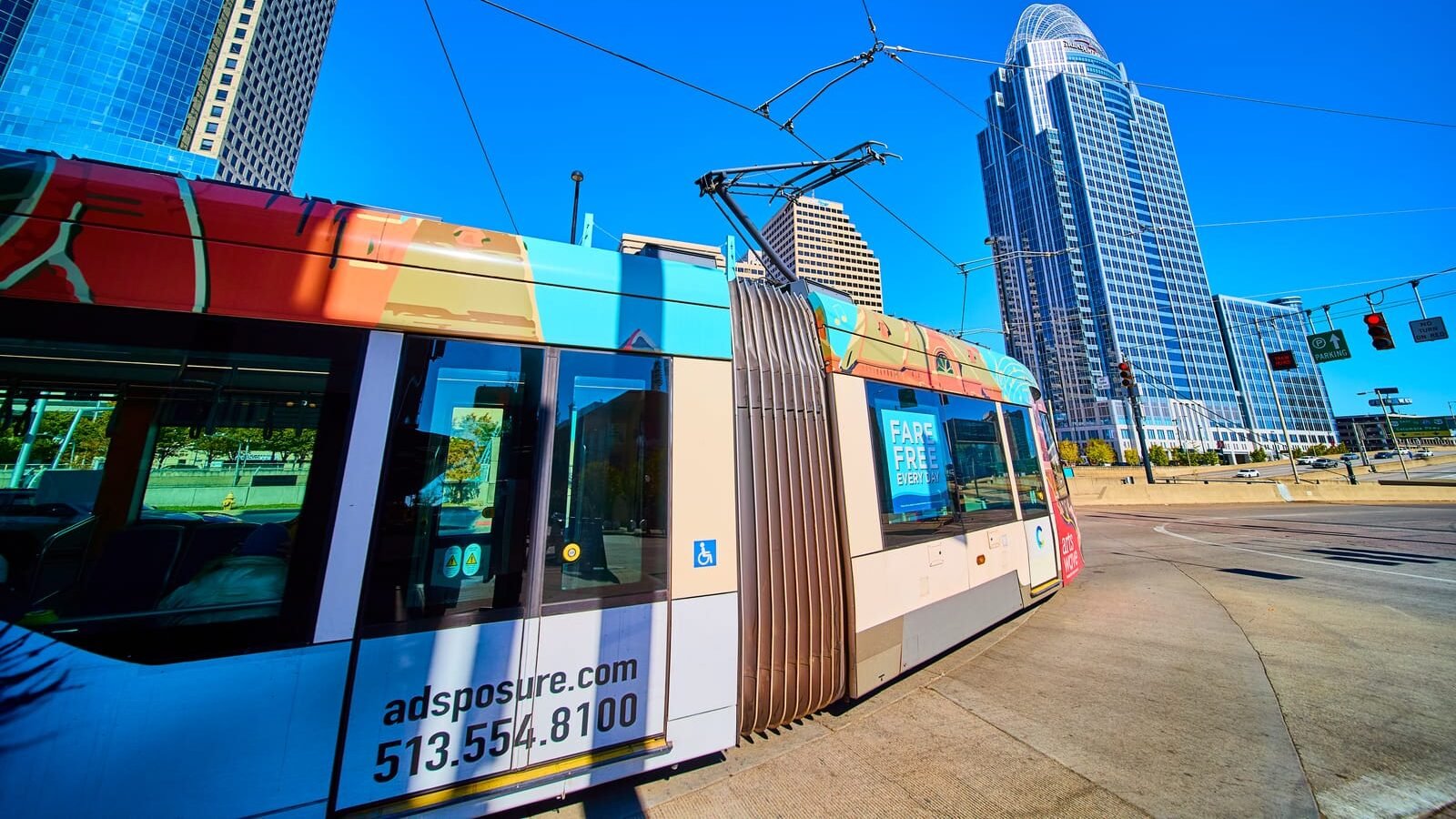
Technology and Types
Battery-Electric Buses (BEBs)
Battery-electric buses use large onboard battery packs to store energy. They operate similarly to electric cars but at a larger scale. In many cities, battery capacities now support daily routes before needing an overnight or midday charge. Rapid improvements in battery technology—such as higher energy density and faster charging—have propelled battery-electric buses into mainstream consideration.
Fuel Cell Electric Buses (FCEBs)
Another variant uses hydrogen fuel cells to generate electricity onboard. While these are less common, they produce only water vapor as exhaust. However, the hydrogen fueling infrastructure remains limited, and hydrogen production’s environmental impact depends on the method (fossil fuels vs. renewable electrolysis)
If you want to learn more about the evaluation of fuel cell electric buses just check out the NREL website using the following.
Trolleybuses
Trolleybuses draw electricity from overhead wires. In use for over a century, this technology offers zero tailpipe emissions but demands continuous infrastructure expansions or route modifications to extend service.
Charging Infrastructure
Electric bus depots might install fast chargers capable of replenishing a battery in under two hours or rely on overhead pantograph charging at endpoints. Carefully planned charging strategies can keep buses in service nearly 24/7, rotating vehicles in and out of charging stations as needed.
Conclusion: Why Electric Buses Deserve the Spotlight
Electric buses are really making a mark in ways that personal electric vehicles just can’t match. They can carry more folks while cutting down on the number of cars on the road. Plus, they dramatically reduce emissions in busy city areas and support fair public transit options. They tackle a bunch of urban issues all in one go, like pollution, noise, traffic jams, and even health risks.
Sure, personal electric cars are a step in the right direction away from fossil fuels. But when it comes to making a real difference in city life, switching to electric buses really takes the cake. Just think about how much better it is for pedestrians—no more nasty diesel fumes hanging around at crowded bus stops. That’s a huge win for our health and the environment.
Even if some of the electricity powering these buses comes from fossil fuels, the harm is happening far away at power plants instead of right in our bustling streets. As power grids get cleaner, electric buses will only get better for the planet. Meanwhile, diesel buses are stuck with an old-school fuel that creates a nasty toxic cloud wherever they go.
In the end, electric buses are a smart, impactful move that hits both climate targets and health goals at the same time. They really deserve more focus, funding, and quick rollout in cities around the globe.
If you found this piece useful, you might also like our article “Hybrid vs. Electric Cars: How to Choose Between Them.” Check out more of our site for detailed car reviews, helpful buying guides, and the latest news in the car world. There’s a lot to explore, so take a look, and don’t forget to save us as a bookmark for your future visits!
- Affordable Trunk Organizers That Every Driver Needs in 2025
- Why Chinese Cars Now Win Buyers
- Best Insulated Water Bottles for Long Drives in 2025
- Best Car Covers for All-Weather Protection (2025 Guide)
- Best Mini Rolling Mechanic Seats for Home Garages in 2025
*Disclaimer: This website provides automotive content for informational purposes only and should not be considered professional advice. While we strive for accuracy, we do not guarantee the reliability or suitability of any vehicle or product mentioned—always conduct your own research before making purchasing decisions. Additionally, some links on this site are affiliate links, meaning we may earn a commission if you make a purchase, at no extra cost to you.

